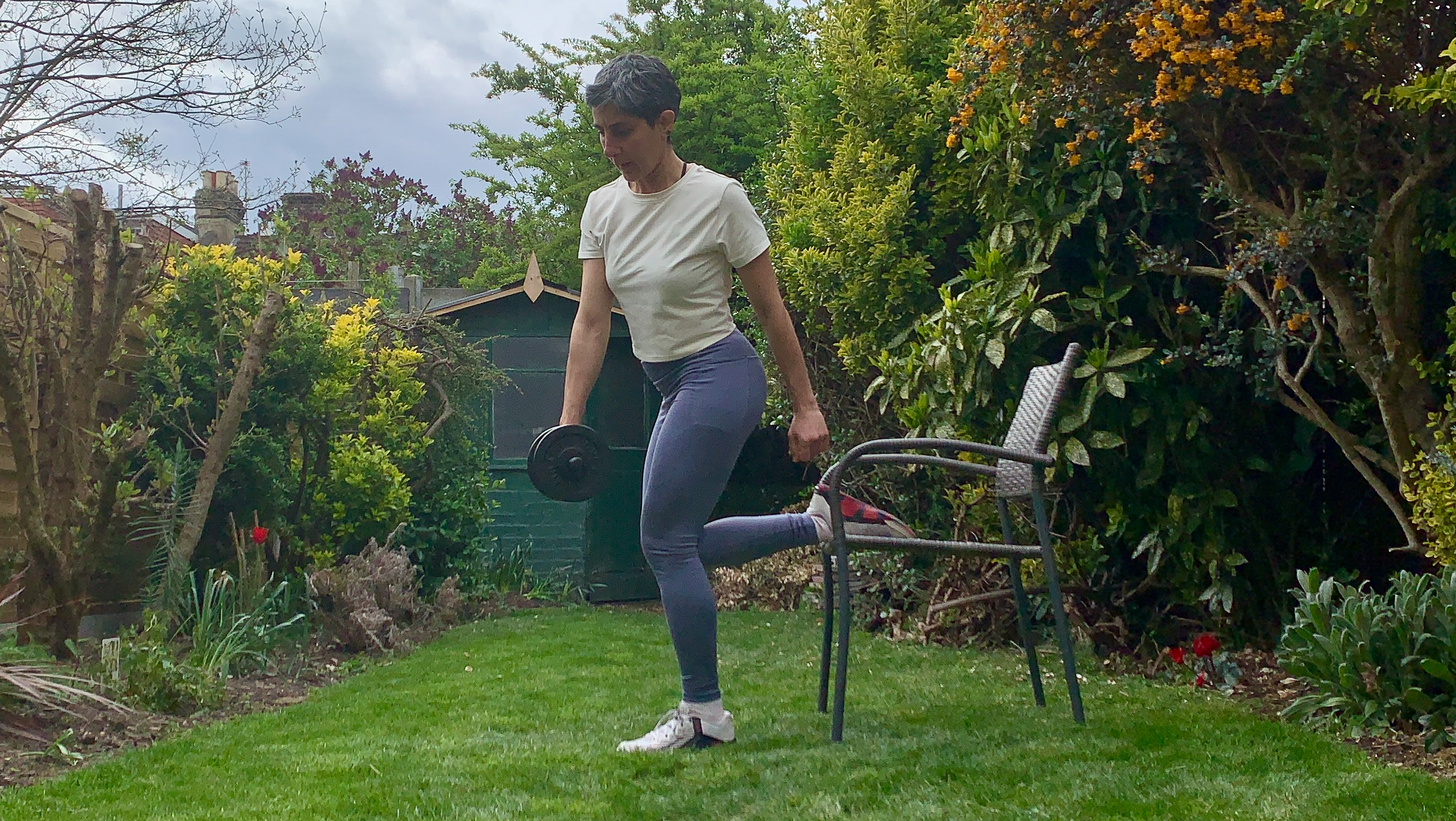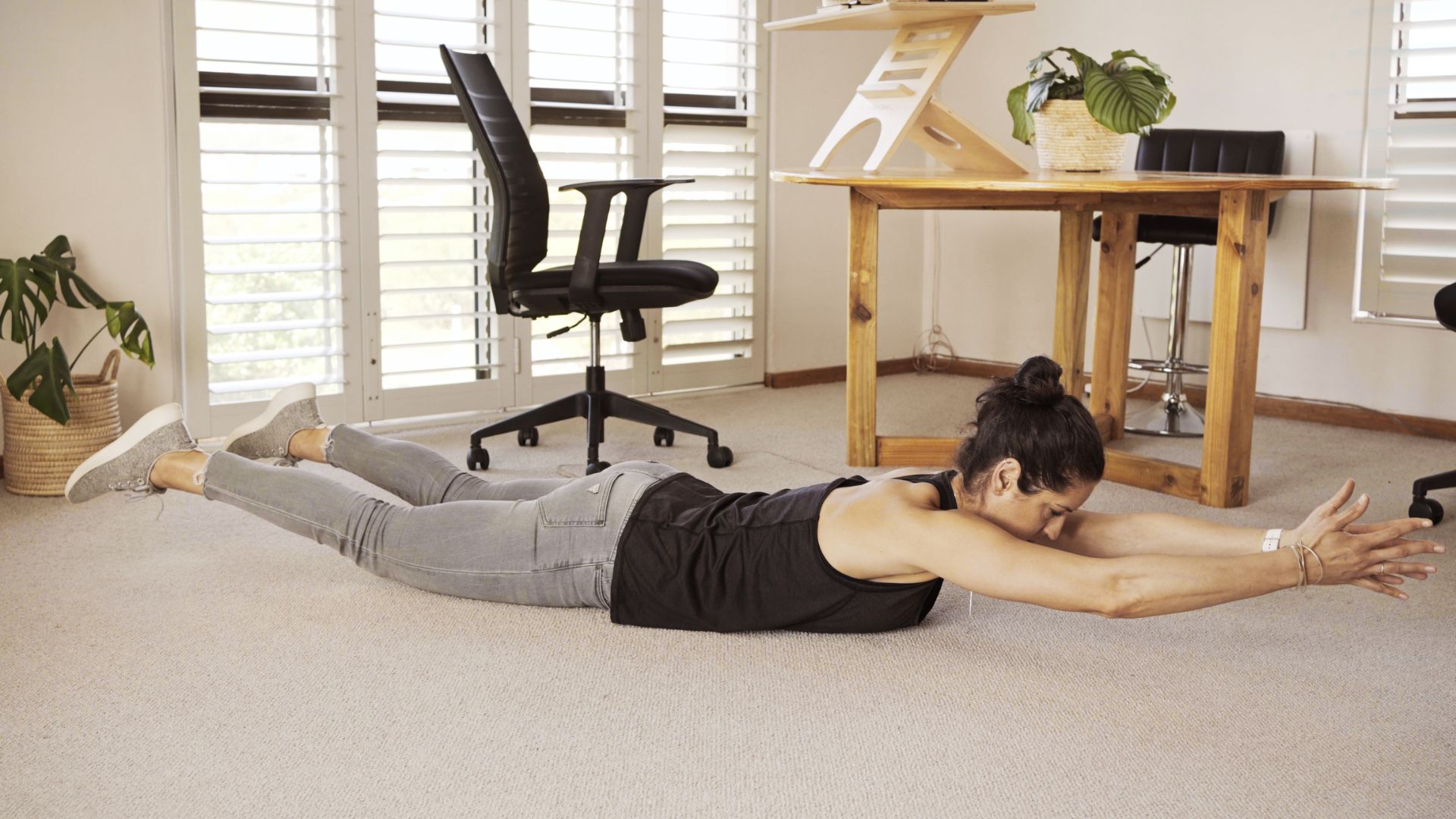I'm a meditation teacher and this is how I introduce new clients to meditation
When someone has trouble meditating, I use mindful walking to start them on the path


Visualization meditation and breathing exercises can do wonders for your wellbeing, but getting started with these techniques isn't always straightforward.
I'm a meditation teacher and I find many clients come to me with the mindset that they can’t meditate because they find it difficult to visualize a calm scene or struggle to sit still for a breathing practice.
Thankfully, there are many types of meditation and mindfulness practices that can help you relax. I always encourage new clients to begin by bringing mindfulness into their everyday activities before they develop a sit-down meditation practice. One of the most effective ways to do this is with mindful walking.
What is mindful walking?
Mindful walking is a type of meditation that involves focusing your attention and awareness on the sensory experience of your surroundings.
Like other mindfulness practices, it helps to cultivate a mind-body connection by focusing on your experience of the current moment. Instead of focusing on the breath or a visualization as in other types of meditation, you place your attention on what is going on around you to help you relax and anchor a wandering mind.
What are the benefits of mindful walking?
Taking a mindful walk will not only help you to experience the benefits of walking, it also helps to turn down the volume of your thoughts and bring you more fully into the present.
More research is needed into the benefits of mindful walking on our overall health, some studies show that it can positively impact sleep (a common issue amongst many of my clients).
Get the Fit&Well Newsletter
Start your week with achievable workout ideas, health tips and wellbeing advice in your inbox.
A 2023 study analyzed the impact of mindful walking on the sleep quality and mood of students during the COVID-19 pandemic. The results showed one 35-minute every day for a week in either nature or an urban environment improved sleep quality and mood.
Mindful walking can also reduce stress and boost life satisfaction, according to research conducted in Berlin. The study explored how mindful walking impacted individuals with moderate-to-high levels of perceived psychological distress. It found those who engaged in a mindful walking program showed lower psychological symptoms of stress and improved quality of life than the control group.
How to start mindful walking
There are lots of ways to incorporate mindfulness into a walk, but one of my favorites focuses on tuning into each of the five senses while spending time in green spaces.
- Leave your headphones at home and head to your nearest green space.
- Take a few moments to settle into your surroundings and find somewhere to sit or stand comfortably.
- Begin with a short and gentle breathing exercise to relax the body and mind. Try box breathing by inhaling through the nose for a count of four, pausing for four, exhaling through the mouth for a count of four and pausing for four.
- When you're ready, continue on your walk and start to tune into your senses, staying with each sense for a few minutes.
- Begin by noticing what you can hear around you, perhaps the sound of the trees rustling in the wind, the chatter of other walkers nearby or the crunch of the grass under your shoes.
- Notice what you can see around you, pay attention to the shapes, colors and textures of the landscape.
- Notice what you can feel. It could be the sun on your skin or a gentle breeze in the air. It could also be your clothing against your skin.
- Notice what you can smell, perhaps the sea air or the aroma of flowers.
- Notice what you can taste, it could be the lingering taste of your morning coffee or tea. If you can't taste anything, don't worry, just stay with the experience of noticing your mouth.
- If your mind wanders at any time to your thoughts, gently coax it back to the practice by focusing on your senses.
- When you're ready, close out your practice with three deep cleansing breaths, inhaling through the nose and exhaling out through the mouth.
- Take some time after your practice to reflect on how you are feeling, and notice if any thoughts or emotions came up.

Ciara McGinley is a health and wellbeing journalist, and a meditation practitioner. Ciara previously worked as a writer and editor at Good Housekeeping, Woman & Home and Red Magazine, before beginning her freelance career. She’s always on the lookout for the latest health trends, and covers everything from fitness and sleep to mental health and relationships.
-
 I swapped my usual core routine for this dumbbell workout—here’s why you should try it too
I swapped my usual core routine for this dumbbell workout—here’s why you should try it tooPick up some dumbbells and try my favorite deep core exercises
By Yanar Alkayat
-
 You don't need any equipment to improve your posture—just these three back-strengthening moves
You don't need any equipment to improve your posture—just these three back-strengthening movesThese three exercises will strengthen key back muscles
By Jennifer Rizzuto